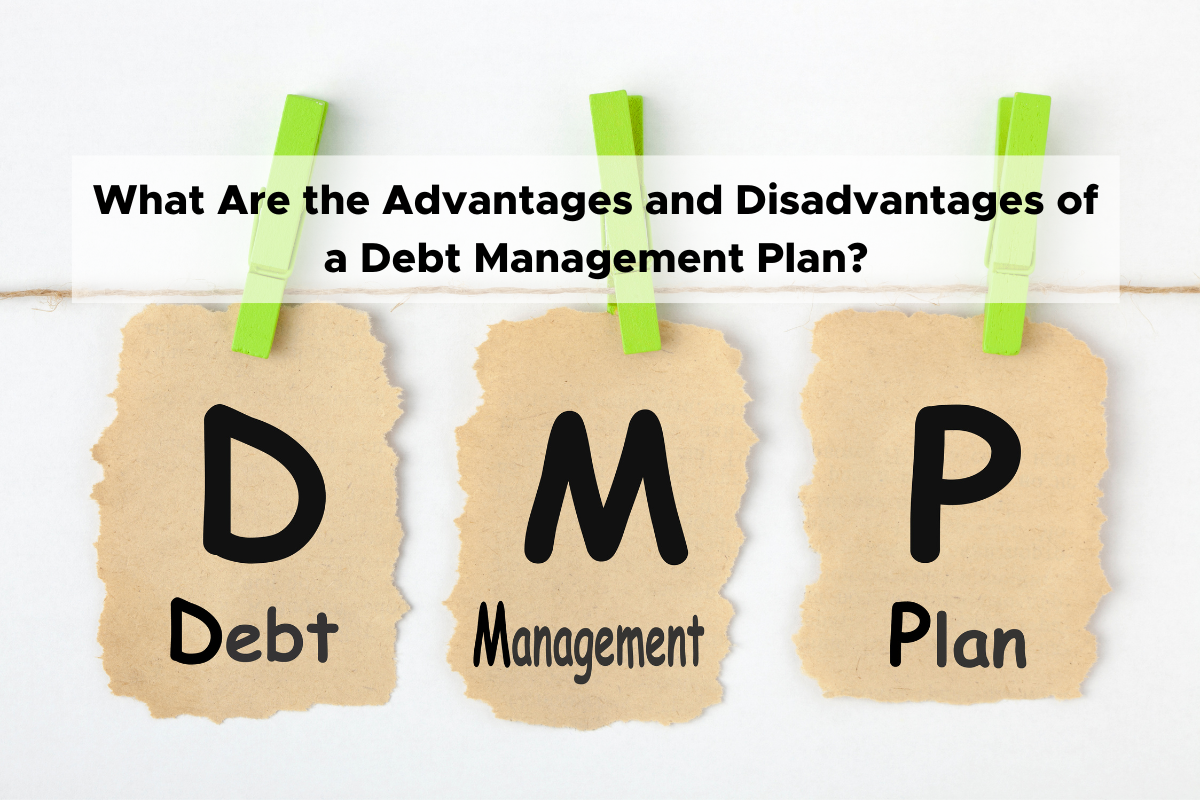Is Financial Obligation Consolidation Right for You? Extra Discussion Posted Here
Everything You Required to Understand About Creating a Personalized Financial Obligation Management Strategy
In the realm of personal finance, designing a tailored financial debt monitoring plan is commonly the foundation of achieving financial security and peace of mind. As you navigate the intricacies of producing a customized financial debt administration plan, comprehending the complexities of each step is key to your economic success.
Examining Your Current Financial Debt Situation
One should initially conduct a detailed analysis of their present financial obligation obligations prior to creating an effective debt monitoring plan. Develop a detailed checklist of each financial debt, consisting of the total quantity owed, rate of interest rates, minimum monthly payments, and due days.
After compiling this information, calculate your overall debt-to-income proportion by dividing your month-to-month debt payments by your monthly income. This proportion is a vital sign of your ability to manage existing financial debt degrees effectively. In addition, assess your credit report to identify any errors or disparities that may be impacting your debt rating. Understanding these aspects of your monetary scenario will direct you in developing a customized financial debt monitoring plan tailored to your details requirements and objectives.
Setup Financial Goals and Targets

When establishing economic goals, it is very important to be certain, quantifiable, attainable, relevant, and time-bound (SMART) For instance, you might establish an objective to settle a certain quantity of financial obligation within a particular timespan, such as reducing your debt card equilibrium by $5,000 in the next twelve month - More Discussion Posted Here. By setting clear targets like this, you can track your progress and remain motivated to attain your financial obligation administration purposes
Furthermore, consider prioritizing your debts based on factors such as rates of interest, outstanding equilibriums, and payment terms. By concentrating on high-interest financial obligations initially, you can save cash over time and increase your journey toward monetary liberty. Remember, each person's financial scenario is unique, so tailor your targets and goals to fit your private requirements and circumstances.
Producing a Realistic Budget Plan
Crafting a distinct budget is an essential action in efficient debt monitoring and monetary planning. A practical budget plan functions as a roadmap for your monetary health and wellness, helping you track your earnings, costs, and financial debt repayments. To create a practical budget, begin by listing all your resources of earnings. This includes your income, side hustle earnings, or any kind of other financial inflows. Next off, magazine all your fixed costs such as rent or home loan, utilities, insurance, and funding settlements. Variable expenses like groceries, amusement, and transportation needs to additionally be included. Distinguish in between wants and needs to prioritize essential expenditures and determine areas where you can cut down.
Frequently evaluation and change your budget plan as needed to remain on track with your monetary objectives and financial debt settlement strategy. By adhering to a practical budget plan, you can efficiently handle your financial debt and work in the direction of a much more safe monetary future.
Checking Out Financial Obligation Repayment Methods
After developing a practical budget, the following important action in efficient financial debt monitoring is to explore various financial debt settlement methods. One typical approach is the snowball method, where article you concentrate on repaying the tiniest financial debts first while making minimum repayments on larger financial debts. This method can aid construct energy as you see smaller financial debts being gotten rid of, providing motivation to tackle bigger ones.
One more technique is the avalanche method, which includes prioritizing debts with the greatest rate of interest. By targeting high-interest debts first, you can minimize the overall amount you pay in rate of interest with time. This method may be extra cost-effective in the long run, although it might take longer to see specific financial obligations totally repaid.
Financial obligation consolidation is an additional alternative where you integrate numerous financial obligations right into a solitary funding with a lower interest rate. This can simplify your payment procedure and possibly lower the total interest paid. Nevertheless, it's important to meticulously think about the terms and costs connected with debt consolidation to guarantee it's the ideal choice for your monetary situation.
Tracking and Readjusting Your Strategy

Readjusting your plan may involve reallocating funds to tackle high-interest debts first, working out with lenders for lower rates of interest or far better payment terms, or exploring additional earnings resources to quicken debt settlement. As your financial situation progresses, your financial debt administration strategy should adapt appropriately to continue to be effective. By staying proactive and versatile in tracking and readjusting your strategy, you can optimize your efforts towards paying off your debts efficiently and accomplishing your economic objectives.
Conclusion
Finally, producing a customized debt management strategy includes evaluating current financial obligation, setting monetary objectives, producing a sensible budget plan, exploring settlement methods, and surveillance and readjusting the plan as required. By complying with these actions, people can take control of their financial scenario and work towards coming to be debt-free. It is important to remain regimented and devoted to the plan in order to attain lasting monetary security.
One need to first conduct a complete examination of their current financial obligation obligations prior to formulating a reliable debt administration plan.After Read Full Report developing a realistic find out here budget plan, the next vital step in reliable debt administration is to explore different financial obligation repayment methods - More Discussion Posted Here.To effectively manage your financial obligation, constant tracking and change of your debt monitoring plan are necessary elements for long-lasting economic security.Readjusting your plan may entail reallocating funds to deal with high-interest financial obligations first, bargaining with lenders for lower interest prices or better settlement terms, or exploring added earnings resources to quicken financial debt settlement.In final thought, developing a personalized debt administration plan involves examining current debt, setting financial goals, producing a realistic budget, exploring repayment techniques, and tracking and readjusting the plan as needed